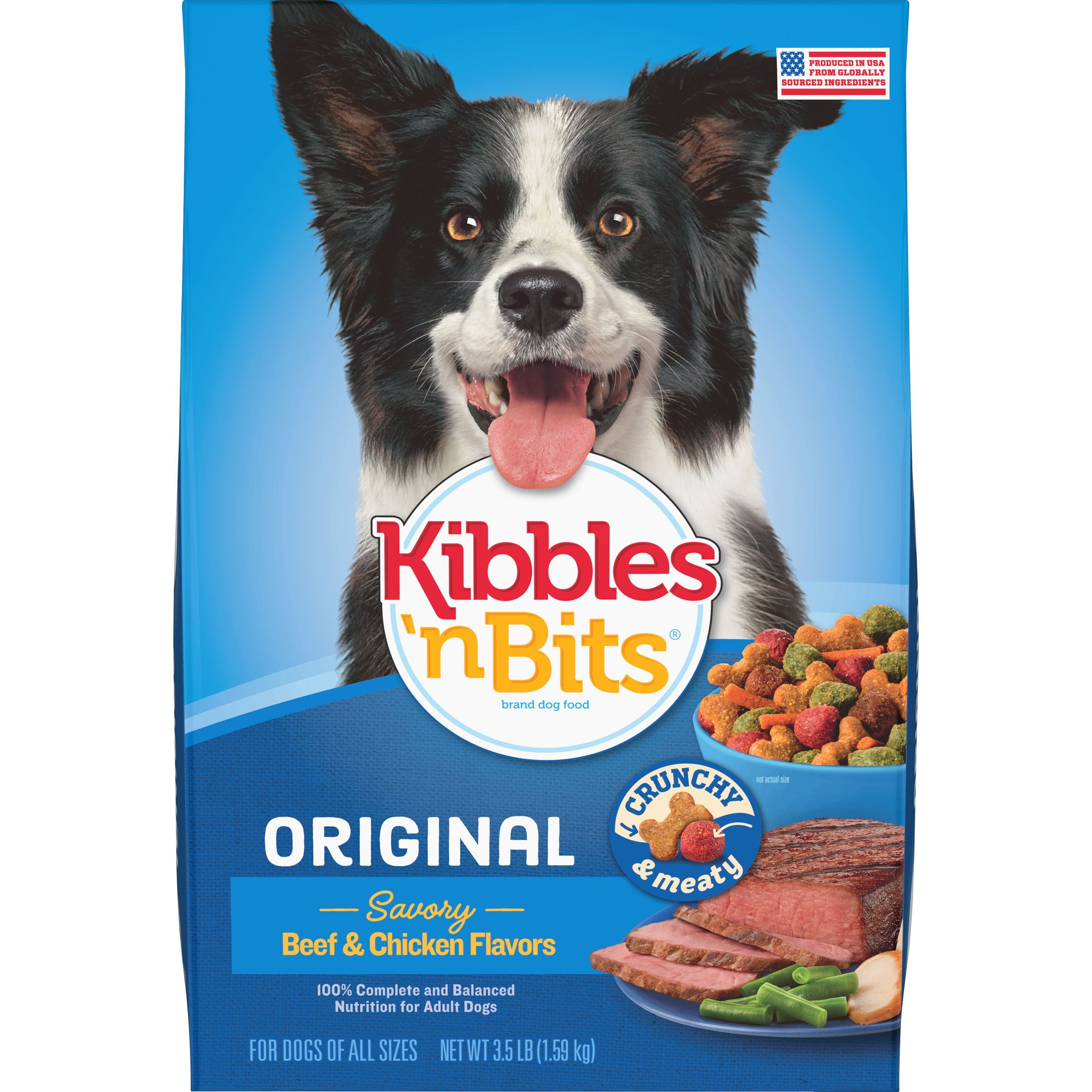

The optimal diet for dogs includes fresh, whole foods made from human-grade ingredients. Also, the majority of kibble options are fairly inexpensive, but you get what you pay for in terms of quality. You can easily store it and travel with it. As it stands, the only benefits of kibble are convenience and cost. We’ve shown that kibble is not the healthiest choice for your dog. This report finds that several of the nine approved food dyes could be causing serious health issues, including cancer and hypersensitivity reactions. Many food dyes, referred to by the Center for Science in the Public Interest as the “Rainbow of Risks”, have been banned because of their negative effects on laboratory animals. Long-term consumption of rancid fats in kibble can destroy vitamins, which can lead to vitamin, protein and fat deficiencies.Įven more alarming, many other health issues have been attributed to rancid fats including malnutrition, hair loss, diarrhea, kidney and liver disease, reproductive problems and even cancer and death. Goes Rancid QuicklyĪs soon as you open a bag of dry food, the fats in the food & sprayed on the food during production start to go rancid. Pets can develop a hypersensitivity to storage mites, resulting in itchy inflamed skin, hair loss and ear infections. Also, storage mites can multiply rapidly in dry food. In dry pet food, there’s a risk for bacteria and mycotoxins to be present. When a dog gets dehydrated, they experience several harmful symptoms : Think of it like eating nothing but Saltine crackers. Kibble is a low-moisture product, which puts a dog in a constant state of dehydration. The high carb content also contributes to the growing epidemic of pet obesity. This creates metabolically stressful insulin, glucagon and cortisol spikes throughout the day. Even grain-free kibble often contains high-levels of starchy carbs including legumes, peas & lentils. Grains and other high-starch carbohydrates like high-glycemic, genetically engineered corn, wheat, rice or potato make up the majority of kibble. Many of the nutrients in kibble are lost during the high-heat process, so flavor enhancers and synthetic nutrients are added to replace what has been lost.ĭifferent types of acrylamide and other carcinogens are created in this process that could be detrimental to your dog’s long-term health. Many ingredients in pet food today are from rendering plants.Ĭonsuming these highly processed ingredients leads to other issues: 2. Rendering is one of the processing methods of sanitizing otherwise putrid, inedible animal by-products and animal waste. The FDA says, “Processed pet food, including pet food consisting of material from diseased animals or animals which have died otherwise than by slaughter, goes through high heat processing, which is designed to kill harmful bacteria.” What’s alarming is that pet feeds that are allowed to contain diseased animal material and meat ingredients sourced from non-slaughtered animals - with no disclosure requirement. Here are some of the main problems with dry pet food : 1.

Kibble is essentially fast food for pets. Read on to find out more about the ramifications of feeding kibble and what to feed instead. However, their health and vitality suffers. Dogs, like humans, are more resilient and can eat a number of things their bodies were not designed to eat. This is known as species-appropriate nutrition.Ĭertain species will die if not fed appropriately. In order for thriving health to occur, all living things must consume the foods they were designed to eat.


 0 kommentar(er)
0 kommentar(er)
